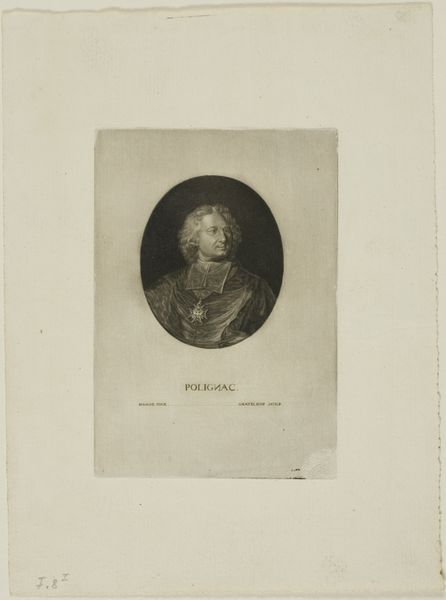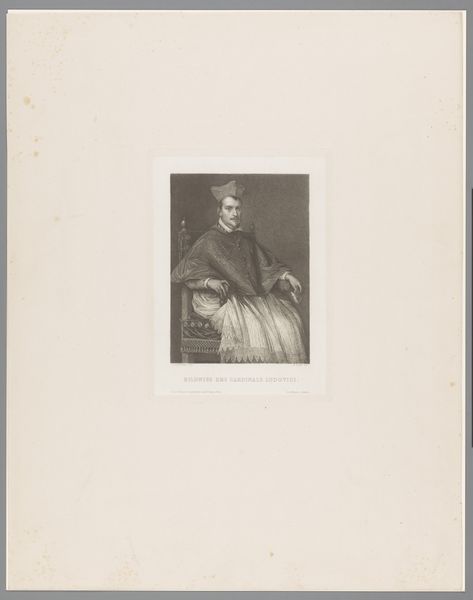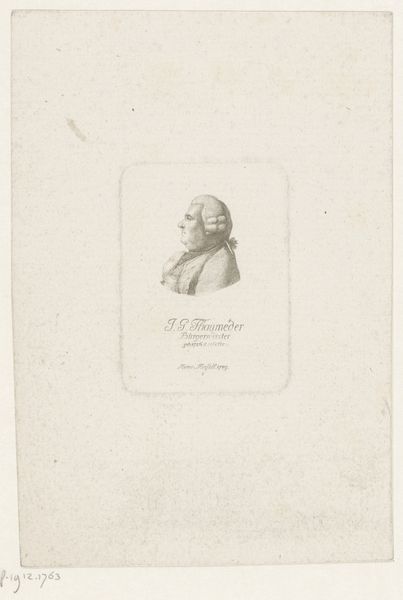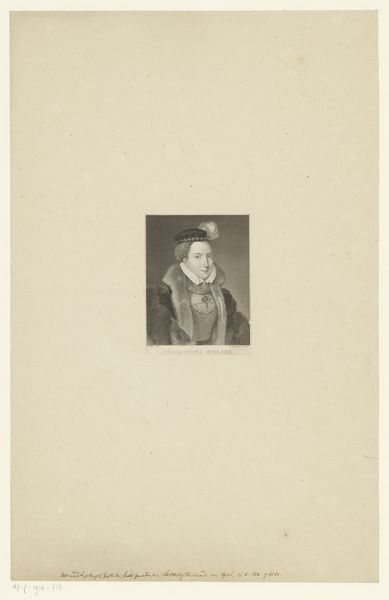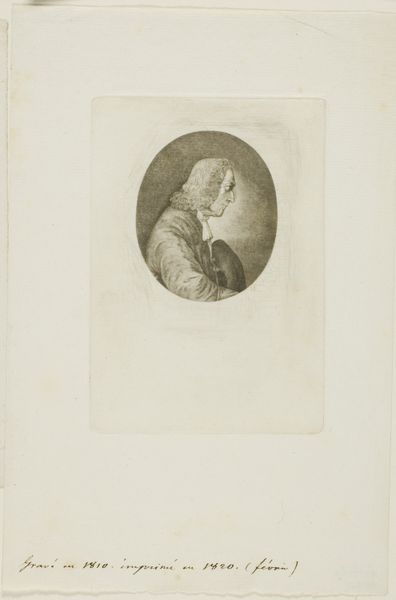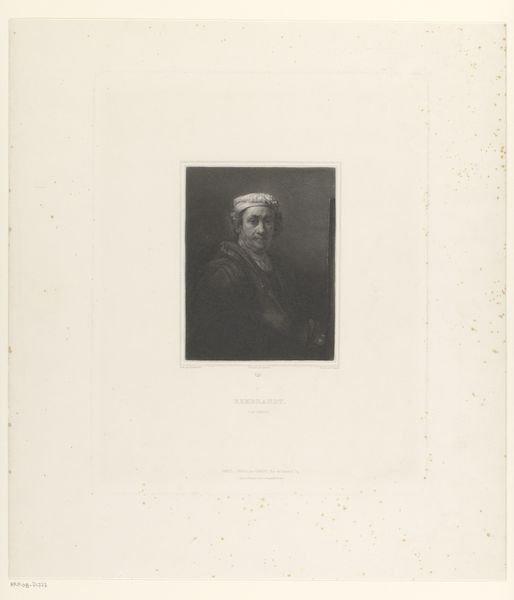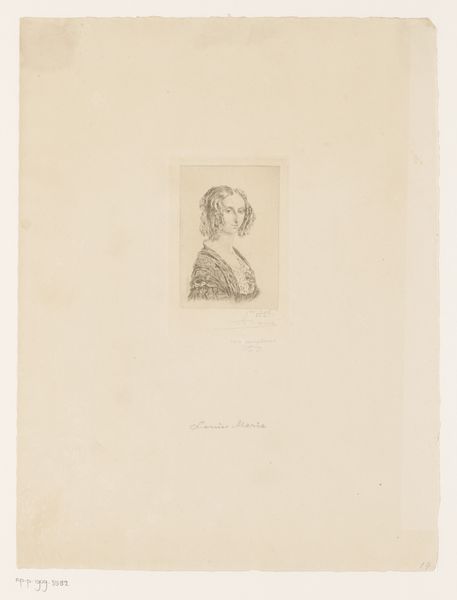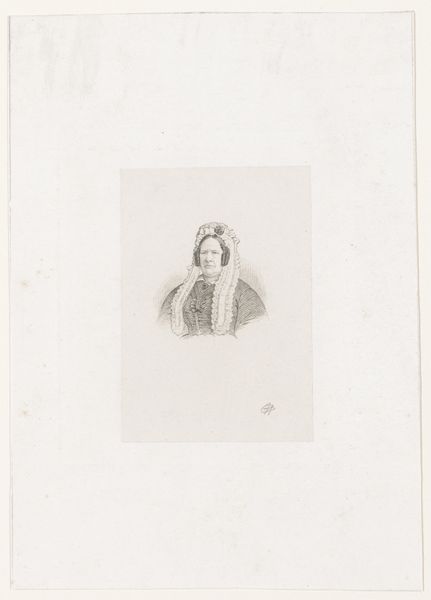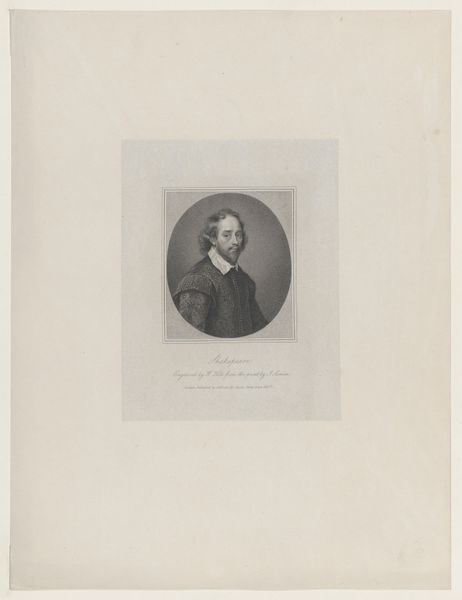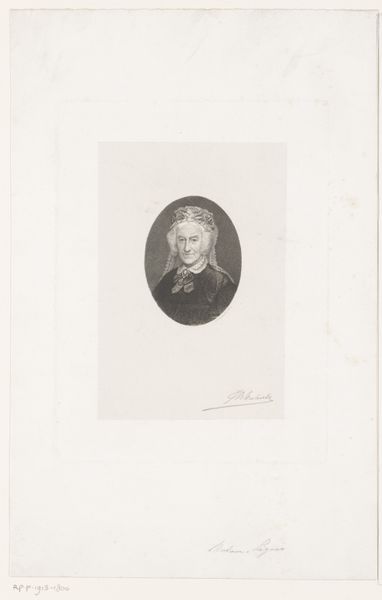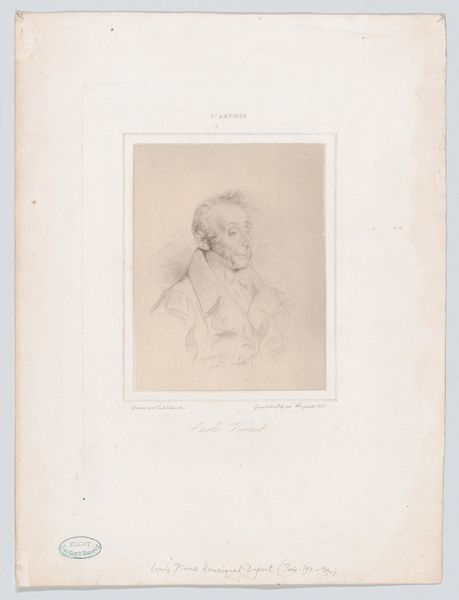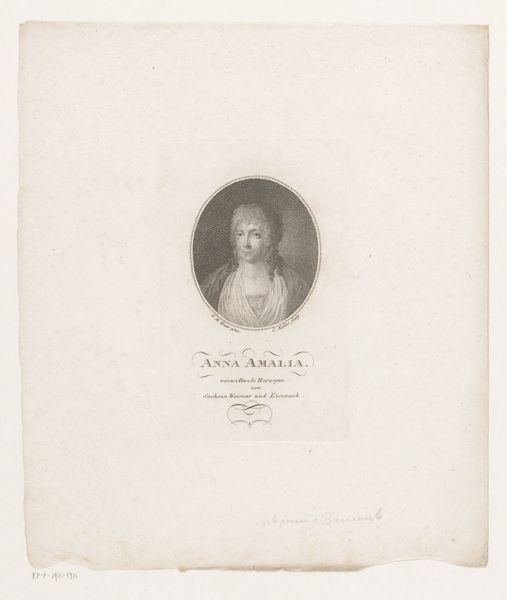
Dimensions: height 318 mm, width 243 mm
Copyright: Rijks Museum: Open Domain
Editor: Here we have a print, an engraving on paper entitled “Portret van Armand-Jean du Plessis hertog van Richelieu” by Jacques Etienne Pannier, dating somewhere between 1812 and 1869. It's striking how the portrait seems to emerge from this very aged, light colored paper, with such fine detail in the face and robes. What stands out to you in this piece? Curator: What captivates me is not just the *what* but the *how*. This engraving speaks volumes about the process of image creation and its accessibility in the 19th century. Think about the labor involved: the engraver meticulously carving lines into a metal plate, the production of paper, the act of printing itself which multiplies the image... it democratized portraiture. This wasn't a unique painted likeness only available to the wealthy; this was a reproducible image available to a wider public. Editor: So, it's less about Richelieu himself, and more about the means of representing him? Curator: Precisely. Consider the economic and social implications. The market for printed images exploded in this era. The materials—paper, ink, the metal plate—each sourced and manufactured through a complex network of industries. And of course the labor involved in making those materials available. Each element, from the engraver's skill to the distribution networks, contributes to our understanding of the artwork as a material object embedded in a specific historical context. Where did the paper come from? Who owned the printing press? Whose labor brought the image to the masses? Editor: That shifts my perspective completely. I was initially focused on Richelieu as a historical figure, but now I’m thinking about the conditions that made this image, this reproduction, possible. Curator: Exactly! By focusing on the materials and the process, we uncover a whole network of social and economic relationships. Editor: This has really made me rethink what to look for when engaging with artworks. Thanks for sharing your perspective.
Comments
No comments
Be the first to comment and join the conversation on the ultimate creative platform.
